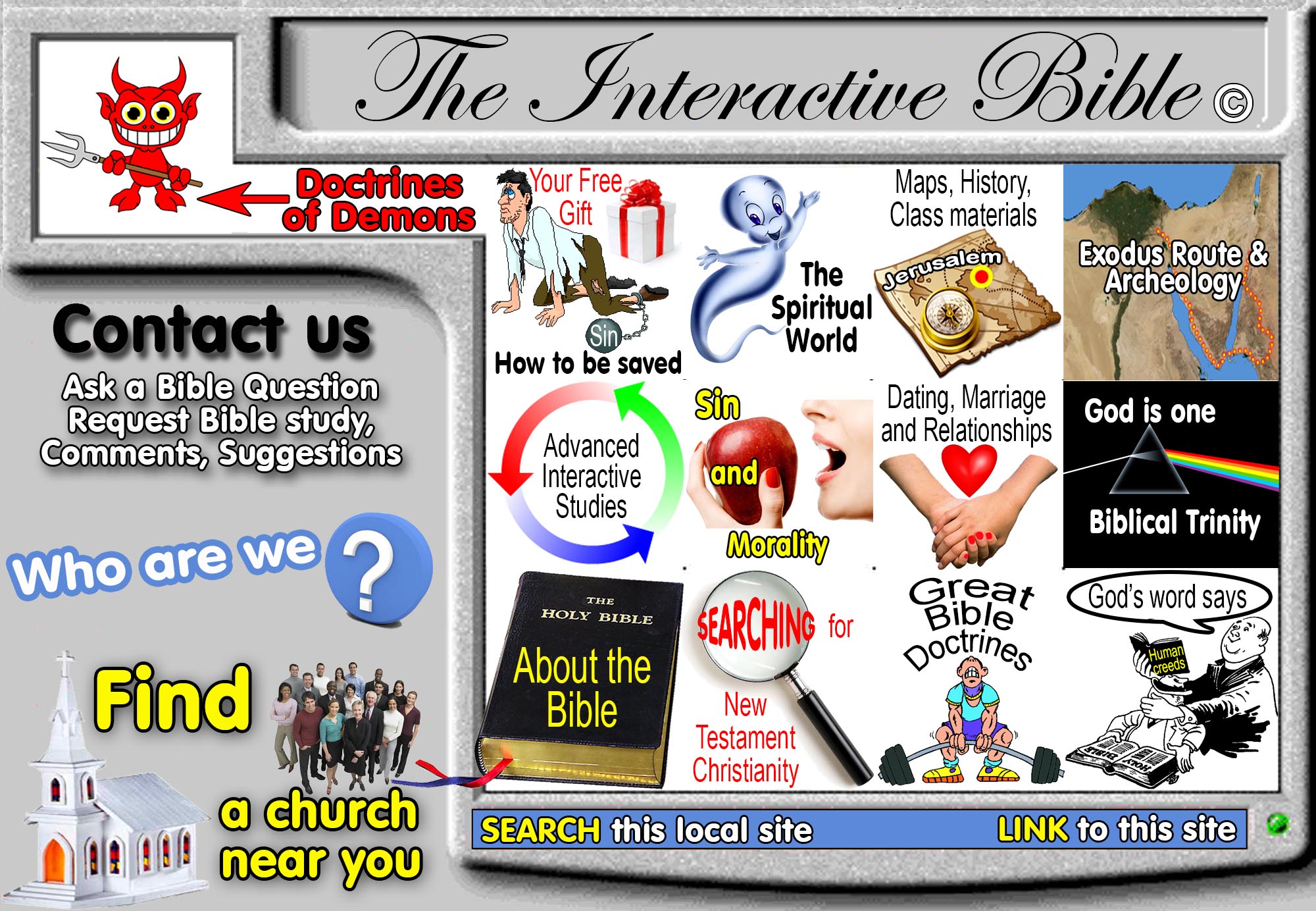
The word "dancing" has a rather broad meaning, which may include such simple activity as the expression of feelings of joy and enthusiasm, or the more involved routing and movement of one skilled in interpreting and arousing powerful emotions.
Numerous Old Testament instances of dancing being approved can be cited; however, a study of these accounts will reveal that each involved an expression of rejoicing or religious enthusiasm because of some victory or accomplishment. Such is the situation as Miriam led the women "with timbrels and dances" (Exodus 15:20), after the deliverance from Egyptian bondage, or Jepthah's daughter greeting him with "timbrels and dances" after a great victory (Judges 11:34). David's thanksgiving for the safe return of the ark of God was evidenced as he "danced before Jehovah with all his might" (II Samuel 6:14). Similar use of the term "dancing" is made by the Psalmist to express joy and praise unto Jehovah God.
Since the term "dancing" is capable of expressing a broad range of man's thoughts, it may also portray that which is lewd and sinful. Moses, having received the law from God, returned from the mount to find the people dancing naked around the golden calf which they had formed (Exodus 32:19-26). The dancing of the daughter of Herodias had such appeal to the base human passion that Herod promised to give her anything she might desire, a rash promise which led to the murder of John the baptizer (Matthew 14:3-10).
Our "modern dancing", a phrase used to include both ballroom dancing in which there is continuous body contact between partners and such dancing as that which commonly accompanies modern rock music, differs greatly from the dancing mentioned in the Bible, for such present-day dancing has no trace of religious significance, nor is it solo in nature, but involves men and women dancing together.
The word "dance" in the sense used today does not appear in the New Testament; however, the idea it represents is mentioned and clearly condemned. The Apostle Paul lists -the works of the flesh and notes that "they who practice such things shall not inherit the kingdom of God" (Galatians 5:19-21). Appearing in this list of traits eternally destructive are two terms closely related to modern dancing, namely, "lasciviousness" and "revelings".
"Lasciviousness", according to reliable Greek-English lexicons or even an English dictionary is akin to sexual excesses, having reference to "filthy words, indecent bodily movement, unchaste handling of males and females". "Reveling" basically refers to excessive feasting and carousing, but has a close relationship with "music and dancing". Who can deny that the body contact between the sexes and the bodily movements associated with dances to modern rock music lead to sexual arousal? In fact, some advocates of dancing stress such to be an outlet for sexual urges. The whole range of the modern dance is designed to express or convey a message, namely, "love-making" and is calculated to be sexually stimulating.
It is understood, of course, that the sex urge is God-given and is not sinful per se. Yet, God-given desires must have God-appointed boundaries; the righteous fulfillment of the sex urge is limited to the marriage relationship (I Corinthians 7:1-9). To engage in any activity which produces lewd emotions or excites unlawful sexual desire is "lasciviousness" and stands condemned by God. (Galatians 5:19-21). Let none be deceived; the basic appeal of the modern dance, as admitted even by its proponents, has its foundation in human passion, Obviously, not every person who engages in dancing ends up a prostitute or fornicator, yet many who have come to immoral ends began their journey by way of the dance.
Let none be deceived, the fruit of the modern dance has never increased purity and spirituality, but the destruction of all that relates to human happiness and eternal salvation.
